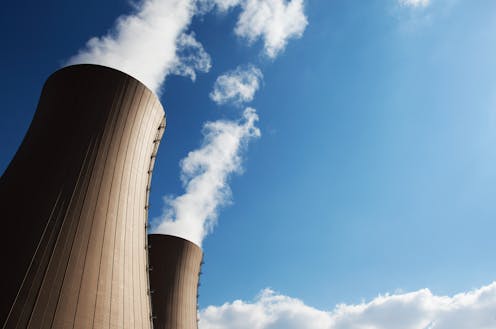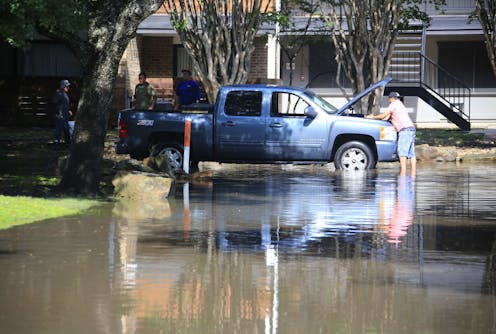Deep beneath the northern Pacific Ocean lies a remote chain of more than 800 seamounts. These oases of life, known as the Emperor Seamounts, are home to a rich variety of cold-water corals and sponges, as well as smaller creatures like crustaceans and sea stars.
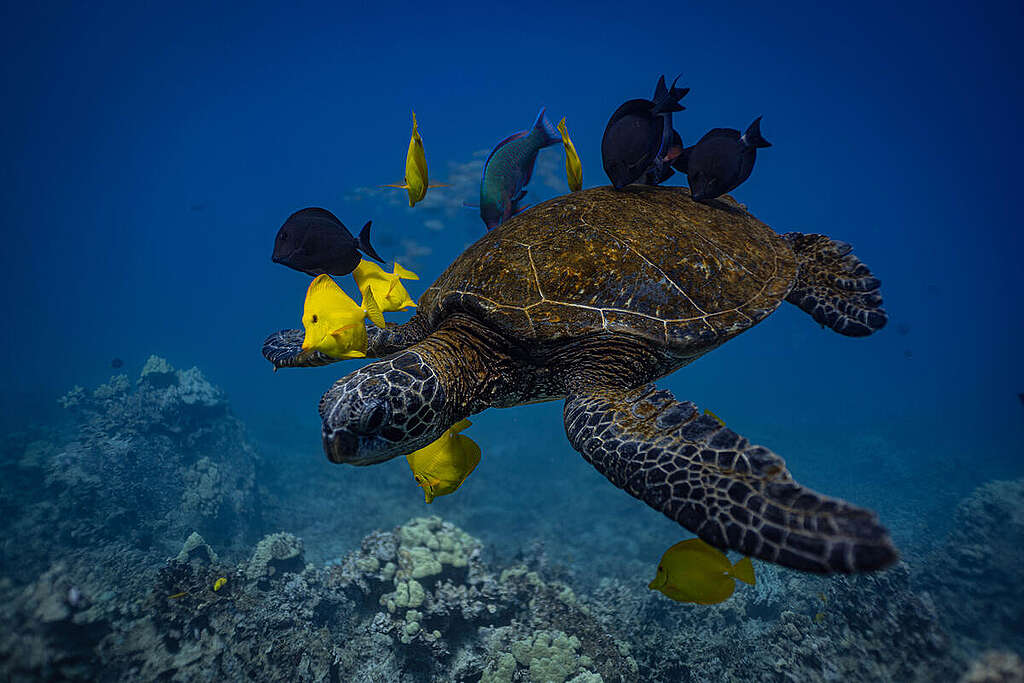 Turtle and fish over corals. © Lorenzo Moscia / Greenpeace
Turtle and fish over corals. © Lorenzo Moscia / GreenpeaceLike many other seamounts, they play a crucial role in the migration and life cycle of larger marine animals like blue, sperm, and humpback whales. Even birds, including the world’s oldest known wild bird—a Laysan albatross known as Wisdom—forage in this biodiversity hotspot.
There are many reasons why ocean life around the Emperor Seamounts is thriving. Rising more than 100m above the surrounding seafloor, the seamounts are flooded with a constant food supply from ocean currents. The food attracts small fish, which in turn attract larger predators, like tuna and sharks. A mix of hard and soft surfaces, ledges and depressions also provide a variety of habitats for marine life to flourish.
The United States has protected the southernmost part of the Emperor Seamounts located in its national waters, the Papahānaumokuākea Marine National Monument. Papahānaumokuākea and the wider ocean area beyond hold a deep cosmological and traditional significance for living Native Hawaiian culture. It’s an ancestral environment and embodiment of the Hawaiian concept of kinship between people and the natural world.
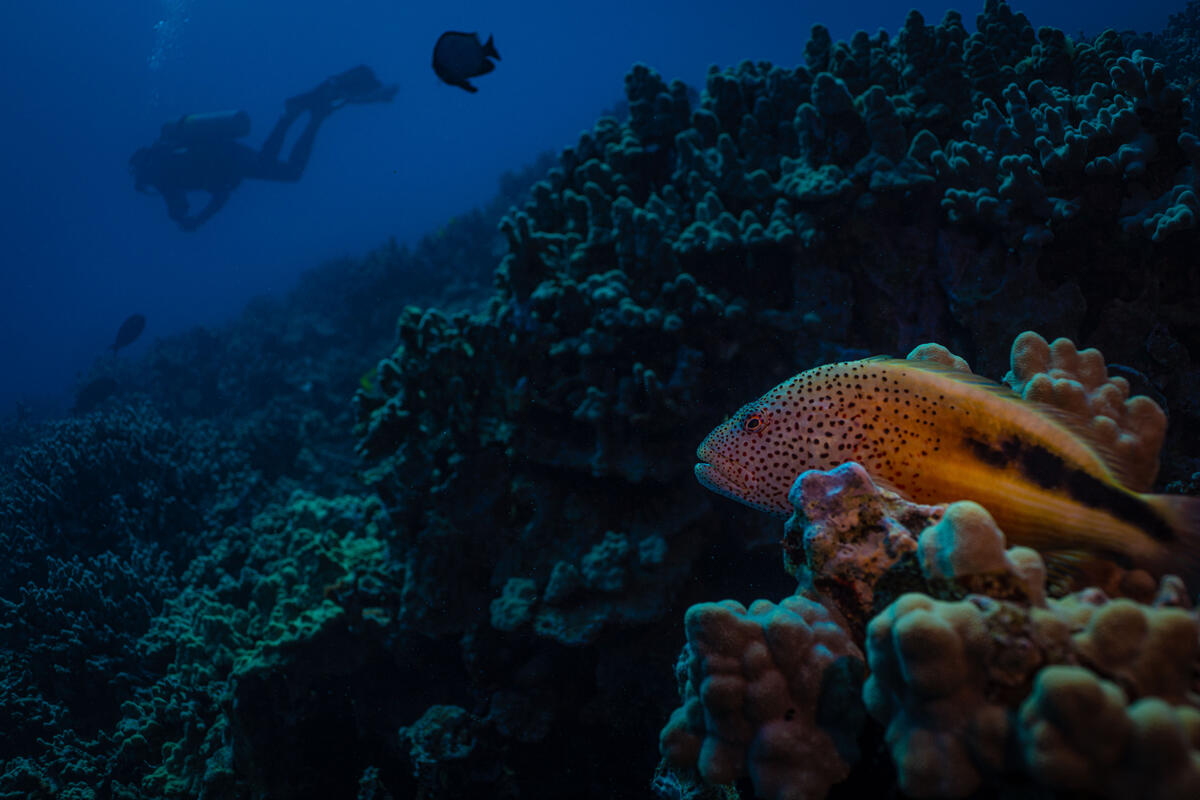 Fish over coral and a diver in the background. © Lorenzo Moscia / Greenpeace
Fish over coral and a diver in the background. © Lorenzo Moscia / GreenpeaceUnfortunately, the rest of the Emperor Seamounts on the high seas remain open to destructive human fishing activities. Although bottom fishing accounts for only 2.1% of all apparent fishing activity in the area, it has already devastated many vulnerable and slow-growing deep-sea ecosystems.
Regional fisheries management organisations (RFMOs) are international bodies made up of countries that share an interest in managing fishing in a particular area. The RFMO responsible for managing fishing around the Emperor Seamounts is the North Pacific Fisheries Commission (NPFC). Since its establishment in 2015, the NPFC’s measures to safeguard the Emperor Seamounts have proved inadequate. At the most recent NPFC meeting in April 2024, governments tried and again failed to stop bottom fishing to protect precious marine life.
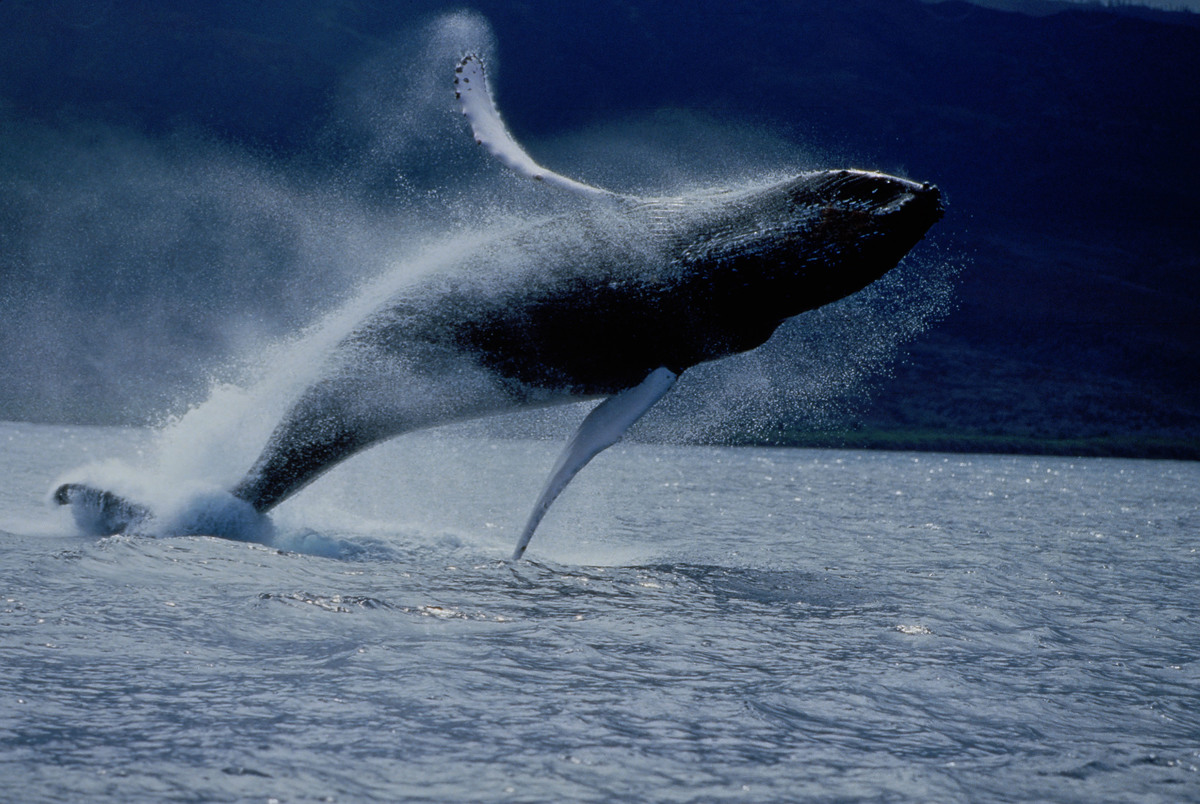 A humpback whale (Megaptera novaeangliae) is seen here breaching in the Pacific Ocean.
©Michael S. Nolan/Seapics.com © Michael S. Nolan / SeaPics.com
A humpback whale (Megaptera novaeangliae) is seen here breaching in the Pacific Ocean.
©Michael S. Nolan/Seapics.com © Michael S. Nolan / SeaPics.comThe science is clear – the Emperor Seamounts need urgent protection, but every fishing season, they are harmed because of RFMO’s failure. Failing to protect them is yet another example of why we need the historic Global Ocean Treaty, which gives governments the tools to create ocean sanctuaries around our most precious ecosystems on the high seas.
However, the Treaty can only enter into force once at least 60 governments have written it into their national laws. If governments are serious about protecting at least 30% of the ocean by 2030, they must urgently ratify the Treaty. At the same time, they must start developing proposals to fully protect vulnerable marine ecosystems like the Emperor Seamounts. At present, the first and most immediate step governments serious about ocean protection can take towards protecting this area is to stop bottom fishing.
Jeanette Meyer is the Global Digital Campaigner for the Protect the Oceans Campaign with Greenpeace International.

 1 week ago
24
1 week ago
24

